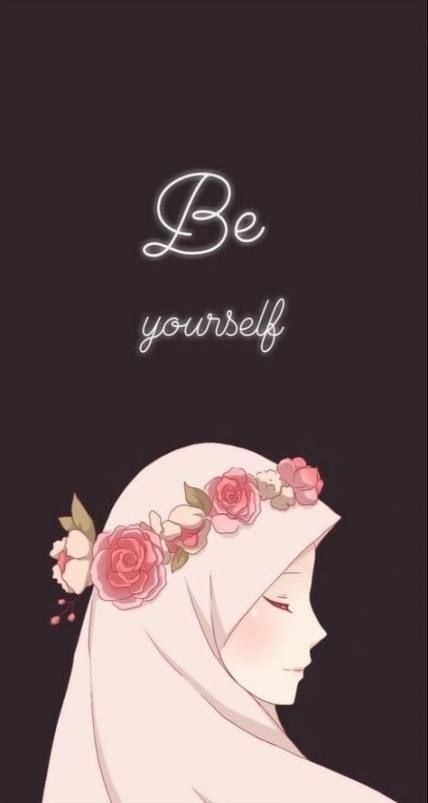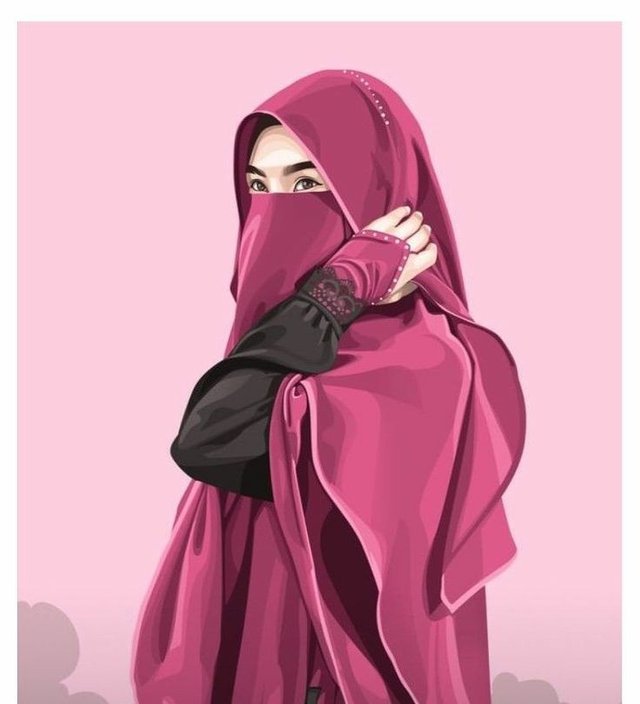Let me introduce you about Hijab
Hijab
The term "Hijab" is usually referring to Muslim women's headscarves as well as traditional Islamic clothing. It's usually a sacred veil that covers the chest and head and chest, which is why Muslim women don it in the presence of men in their vicinity or outside the family. The hijab veil covers the face, head or the body of women who reverently respect Islamic rules of. Since the beginning of time the hijab is worn to safeguard one's appearance or privacy from strangers, and also to shield oneself from unveiled anxiety. We will be discussing the various types of hijab and which hijab types are there and what.

What's Hijab?
Hijab can be described as an Arabic word. The significance of the word described or explained to mean "veil, veil, curtain, divider," etc. The Qur'an is referring to the idea of separation, protection and protection in both literal and metaphorical senses.
In the following years, the definition of the word has changed and it now is used to refer to the veil worn by Muslim women, or the distinction between women and men. In the end, the term hijab is used to describe Muslim women who cover their heads while adhering to Islamic principles.

How do I know the Hadith on this Hijab?
It is an obligation of ritual to Muslim ladies to be covered with the veil. In the Qur'an as well as Hadith have been so explicit about the necessity of wearing a veil that there's nothing new to add about it. Almighty Allah has created the veil as a requirement to safeguard women's dignity and keep them safe from men's eyes.
What's the purpose on the Hijab?
A veil can be described as a rule which must be adhered to in Islam. Based on the adequacy of an undisputed document from the Qur'an-Sunnah, it's an unambiguous, mandatory rule similar to the rules for fasting, prayer, Hajj, Zakat, and so on. In full confidence in this rule is a condition of having faith. Therefore, if you accept this rule lightly or fail to obey this requirement, you will definitely lose all faith.
What exactly are its benefits of science?
According to Professor Malakar
"The hijab (burqa) protects the respiratory tract from getting injured." It is believed that in Saudi Arabia, especially among women, cancer of throat and the nose is very small.
Therefore, sisters and mothers who are accustomed to following the rules of the veil are able to safeguard their modesty and dignity and also reduce health risks. The hijab, or veil, is a fundamental rules of Islam. So long as the screen is in place in the current world peace, security, and a healthy living space will prevail in the present world.
There are many hijab styles are there and what is it?
There are many kinds of hijab. Examples include:
- Niqab Hijab
- Khmer Hijab
- Jilbab Hijab
- Bushiya Hijab
- Shaila Hijab
- Mukena Hijab
- Al-Amira Hijab
- Dopatta or Orna
- Sheets
No 1. Niqab Hijab
A veil type that is connected to the bone of the nose and protects the facial area below. It's also referred to as "half niqab. "
A Niqab is a veil which covers the face, and is typically black. Women typically wear it with a headscarf , an abaya, or any other type of clothing that covers their bodies. The veil is carried from one region to another and there are two major types.
• Make sure that the face is covered.
• There's also a distinct area for eyes, so that users can see.
No 2. Khmer Hijab
Khmer is an approved type of perforated, incredibly beautiful gomta Muslim women wear to secure their veil. Khmer protects the hair, shoulders, and neck completely. Due to wearing it only the upper portion of the nose and eyes are visible. In the present, Khmer has become very well-known all over the world, not just in Bangladesh. Update Muslim women often wear hijab in fashion.
There are a variety of lengths available for Khmer The Khmer is typically worn close to the waist, and some women prefer a long length that can extend to the knees. In the past, it was popular with Egyptian women. Today, the Chima has also become extremely well-known in Bangladesh.
If you're looking to create an khas veil, this Khima is such a gorgeous gown that it needs no having to be said. Its Khmer pattern is gorgeous that it's suitable to women of any different ages.
No 3. Jilbab Hijab
In Indonesia the term "jilbab" is a reference to only the veil. It is an clothing that resembles the length of a trench or raincoat coat.
No 4. Bushiya Hijab
It's a kind of veil that wraps around the forehead, covering the entire face. It's not possible to view it by the naked eye. however, everything is clearly through the fabric. It is prevalent throughout regions of Middle East, especially in the Persian Gulf.
The hijab dress is so gorgeous that I believe there's no better veil in the world as this. For those who have parents or sisters who wish to wear a all-hijabs can opt for the hijab dress.
No 5. Shaila Hijab
A long rectangular veil that is wrapped around the head. It is then tied around the shoulders or pinned. In a nutshell we Bengalis refer to it as Orna. It is well-known throughout regions like the Arabian States that are part of the Persian Gulf.
No 6. Mukena Hijab
A Indonesian hijab, also known as a hijab, is worn nearly exclusively to pray. It is tucked behind the head using two ribbons. In the United States the hijab style is more common. Apart from being worn in prayer you can also wear it to go out.
No 7. Al-Amira Hijab
The veil is a two-part one. It has a secure cap, comprised of polyester or cotton as well as a tube-like covering.
It's a great outfit for prayer. The garment covers all other areas of the body, except for the wrists and face. This means that hair as well as tears are covered. The result is that tears, ears, and hair are all covered. Al-Amira is stunning.
No 8. Dopatta or Orna
It's the typical Pakistani, Punjabi, Indian and Bangladeshi clothes. A big colored cloth composed of yarn, it is worn over the shoulders and head. It is typically sold as three pieces, which include salwar-kameez pajamas, and Kurti in color or pattern. A majority of women of Bangladesh use it.
No 9. Sheets
The traditional Iranian clothing (common across other nations) protects the body and head, and is semi-circular on the entire body. It is worn by either hand, or wraps around arm.
The tragic consequences of not wearing hijab
Allah Ta'ala made wearing the veil a requirement in Islam. Therefore, you will be able to see how grave the consequences of wearing a screen could be. They will surely not be allowed to enter the garden and will be subject to the worst penalty in Hell. Also, no woman who doesn't wear veil is going to enjoy heaven at all. Today, I won't discuss the tragic implications of not wearing a veil however I will look at the issue in depth in the next article, InshaAllah.